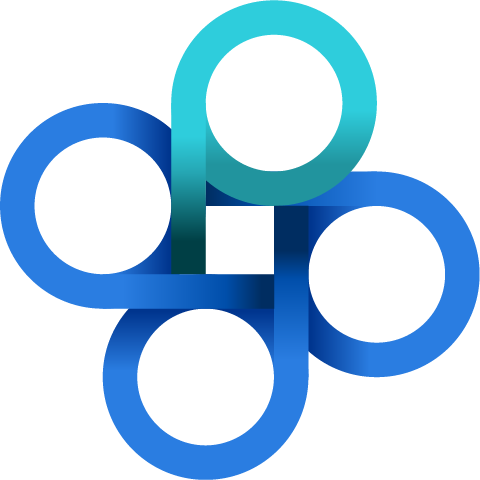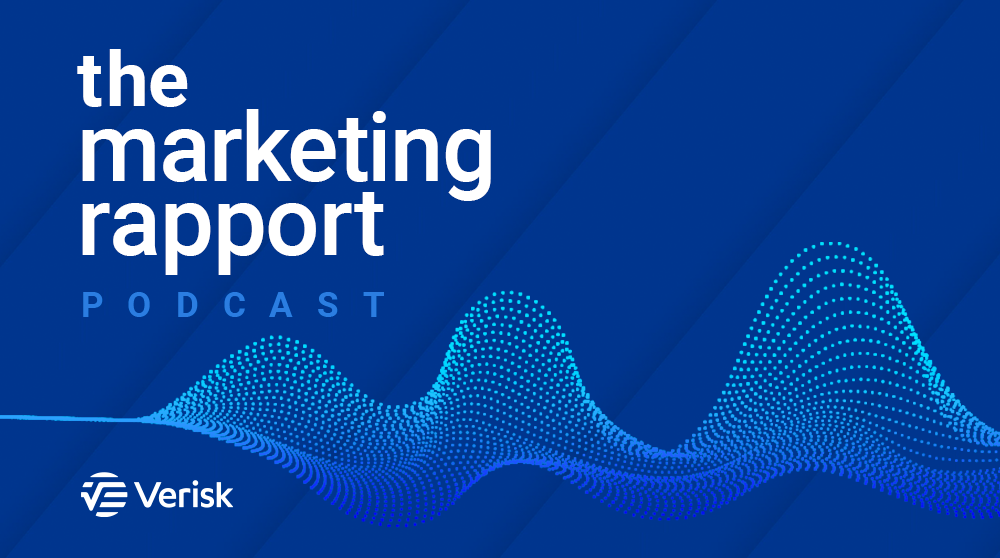Smarter Strategies: The Power of Data, AI, and Risk Collaboration
Alignment between marketing and risk functions is critical to improving streamlining business operations and improving the customer experience.
“The power of choice has shifted to the consumer,” notes Matthew Komos, Founder and CEO of OGMA Risk and Analytics. This change challenges businesses to meet heightened expectations with speed and precision. Misalignment between marketing and risk functions often results in missed opportunities, underscoring the need for collaboration. With new data sources and AI tools, businesses can build a holistic view of consumers to make informed decisions. The question is whether they can act swiftly and creatively enough to stay ahead of these changes.
The New Reality: Consumers Demand Faster, Smarter Engagement
Matthew Komos puts it succinctly: “And so now the consumer basically at their fingertips can say, if you’re not going to provide me with a compelling offer in a short amount of time, I’m going to go elsewhere.” This expectation has raised the bar for businesses across all industries, leaving no room for slow or disconnected strategies.
For companies, adapting to this reality means moving beyond surface-level marketing. It requires integrating every touchpoint with thoughtful data-driven actions that speak directly to consumer needs.
Why Marketing and Risk Must Work Together to Drive Growth
Historically, marketing and risk functions have often operated at odds with one another. Marketers aim to expand reach and drive conversions, while risk teams focus on protecting the business from financial exposure. These competing priorities can result in disconnected strategies and missed opportunities.
Matthew Komos emphasizes the importance of alignment: “Marketing and risk are two sides of the same coin.” For example, a shift in risk tolerance, such as an adjustment in interest rates, should immediately influence marketing outreach and messaging. And achieving this balance requires shared access to data and a unified understanding of goals.
The Role of Emerging Data in Creating a Complete Consumer View
Traditional credit data paints an incomplete picture of consumer financial behavior, leaving significant gaps in understanding. Emerging sources, like cash flow, rent, and utility payments, help fill these gaps by offering a more nuanced view of how consumers prioritize their obligations. This additional insight is invaluable for both marketers and risk managers.
Matthew Komos explains, “At the end of the day, what you’re trying to do is build a holistic view of the consumer.” Many consumers lack traditional credit bureau data, yet they have a proven ability to manage financial commitments. By leveraging these new insights, businesses can expand their reach while maintaining sound risk management practices.
Why AI Alone Isn’t Enough – The Value of the Human Touch
Artificial intelligence (AI) has transformed how businesses analyze and act on data, offering faster insights and uncovering trends that might otherwise go unnoticed. However, as Matthew Komos points out, “There’s an art and a science to it.”
AI excels at processing vast amounts of data and identifying actionable patterns. For example, it can evaluate alternative data sources, such as cash flow or rent payments, and determine how they impact a consumer’s financial profile. However, AI lacks the context and creativity that human expertise brings to interpreting and applying those insights. A balance is essential for creating strategies that resonate with consumers while meeting business goals.
3 Strategies to Keep Your Business Ahead in 2025
- Embrace alternative data
Businesses need to expand beyond traditional credit data to capture a holistic view of consumer behavior. Leveraging data like cash flow, rent, and utility payments allows companies to identify new opportunities while fostering inclusion.By integrating these non-traditional sources, businesses can reach underserved markets and build stronger customer relationships. The ability to understand and act on these insights will set forward-thinking companies apart from their competitors. - Balance AI and human expertise
AI accelerates decision-making and uncovers patterns in data that might go unnoticed by human analysts. However, it’s the combination of automation and human insight that delivers strategies rooted in empathy and real-world understanding.Matthew Komos emphasizes that while AI enhances efficiency, the human element ensures relevance and creativity. Companies that successfully balance these forces will create strategies that resonate with consumers and drive sustainable growth. - Align marketing and risk teams
Misaligned teams result in missed opportunities and conflicting priorities, but collaboration creates powerful synergy. Aligning these functions ensures consistent messaging, targeted strategies, and a shared focus on sustainable outcomes.For example, marketing teams can use risk insights to identify ideal customer profiles, while risk managers benefit from understanding marketing strategies. This alignment allows businesses to operate with clarity, reducing inefficiencies and improving decision-making.
In this episode of The Marketing Rapport, Matthew Komos, Founder and CEO of OGMA Risk and Analytics, reveals how to blend AI with human expertise, use alternative data, and align risk with marketing for smarter decisions and sustainable growth.
Don’t miss out – hit play and dive into the full conversation to unlock game-changing insights for your business.
The views, thoughts, and opinions expressed are those of the speaker and do not necessarily represent the views, thoughts, and opinions of Verisk Marketing Solutions or Verisk Analytics. The material and information presented here is for general information purposes only.
This blog is not intended to replace legal or other professional advice. The Lead Intelligence, Inc. (dba Verisk Marketing Solutions) and Verisk Analytics LLC names and all forms and abbreviations are the property of its owner and its use does not imply endorsement of or opposition to any specific organization, product, or service.
VERISK MARKETING SOLUTIONS DISCLAIMS ALL LIABILITY ARISING OUT OF ANY INDIVIDUAL’S USE OF, REFERENCE TO, RELIANCE ON, OR INABILITY TO USE THIS PODCAST OR THE INFORMATION PRESENTED IN THIS BLOG.









 Your Privacy Choices for Platform Services | Data Services
Your Privacy Choices for Platform Services | Data Services